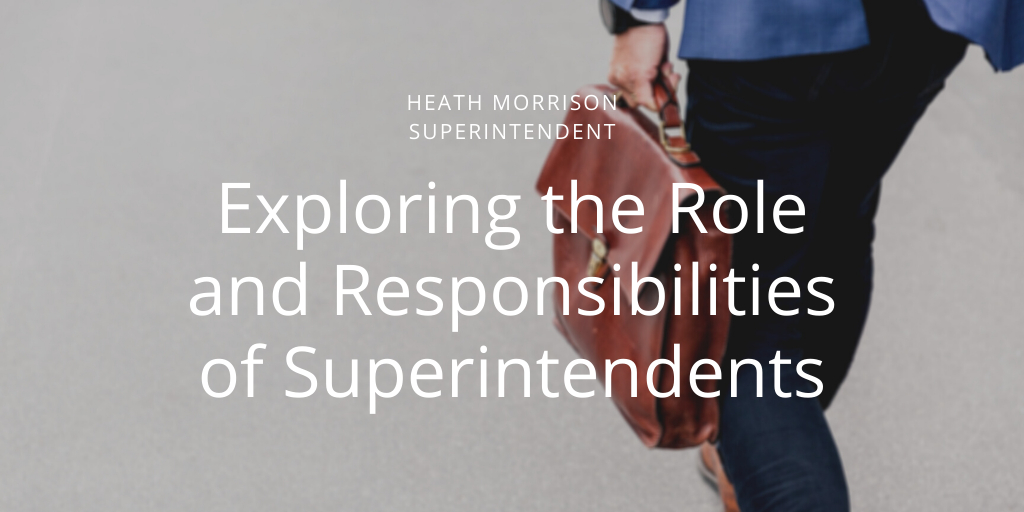The school superintendent is often known as the “face of the district,” and for a good reason. A superintendent is a district’s Chief Executive Officer, and such a title comes with significant responsibilities. The expectations and demands of this position are high, as the superintendent must take responsibility for the learning of all children, the safety of students and staff, and ensuring the district is effective and efficient with all resources. This series will explore the roles and responsibilities of superintendents, starting broadly and moving into the specifics. While it is impossible to convey the entire scope of this position in a few articles, you gain insight into leading a complex network of schools across a given district.
To succeed as a superintendent, you must have excellent people skills. Often the superintendent is referred to as the “Communicator in Chief.” Most of the work that you do will involve working directly with others in the district to provide quality education to the children that come to your school. From parents to teachers to students, there are plenty of school community members looking for leadership, guidance, and input. Listen to their concerns, and respond with empathy. Practice the habit of listening first to understand, and then to be understood.
The Board of Education
One team that you will work closely with as a superintendent is the Board of Education. The Board of Education hires a superintendent for the district. Once hired, a partnership is formed between the superintendent and the board. The Board of Education provides oversight for the superintendent. It is your duty as superintendent to keep the board informed with what is happening within the district and to provide them with the information necessary to do their important work.
Often, superintendents are responsible for setting board meeting agendas, sitting in on meetings, and offering suggestions and recommendations for consideration. While superintendents do not vote on issues, they carry out mandates that are voted on and approved by the board. The relationship between a superintendent and board is similar to a good marriage; it must be built on mutual respect, trust and honesty.
School Personnel
In most districts, the superintendent is the only employee of the board; all other employees report to the superintendent. Larger districts have assistant superintendents to manage some of this load. No matter what size a school district may be, the superintendent will oversee principals, assistant principals, teachers, coaches, and support personnel. This is a lot of responsibility! Building a culture of trust and professional growth is a critical for the superintendent.
Internal – Budgeting
Beyond communicating with and leading school communities, the superintendent’s primary role is to keep the school’s budget focused on maximizing student achievement and safety. Knowing how to develop and execute a budget is a primary qualification for being a superintendent, as it is a factor that impacts each day on the job. Additionally, there is no exact formula to help you figure out how to manage finances. The budget should be a transparent document that aligns with the school district’s strategic plan.
Plenty of other responsibilities fill up superintendents’ schedules. From district improvement, curriculum review, policy-setting, and ensuring operational excellence in areas such as transportation, food service, and maintenance, superintendents wear many hats.
This series’ next installment will explore internal responsibilities in more detail, including how superintendents prioritize their time between all of these activities.

